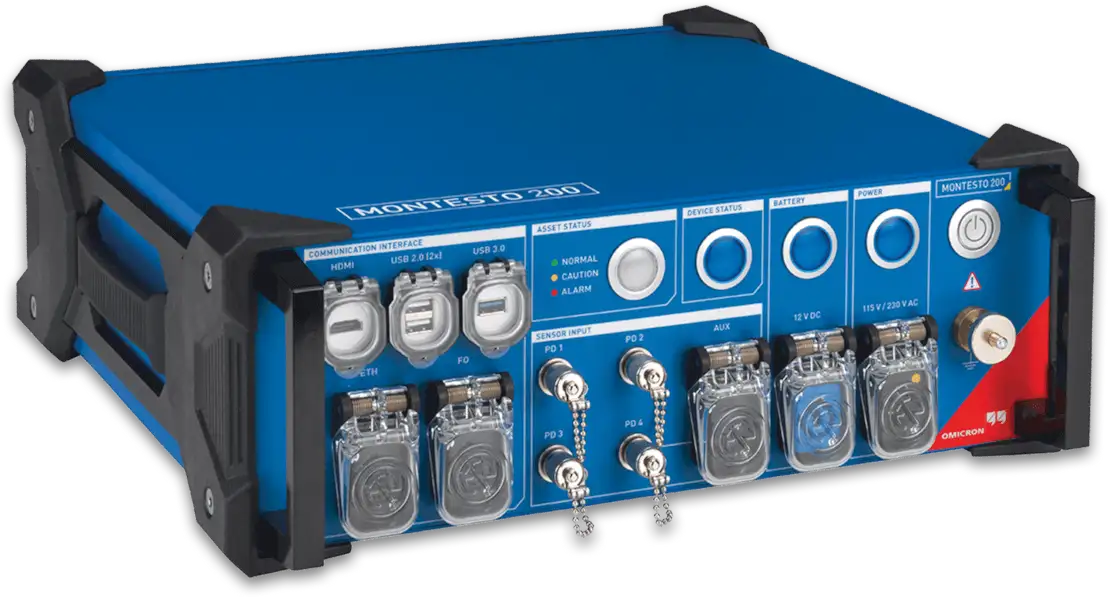GFCI Protection Saves Lives
By William Conklin, Associate Editor
Protective Relay Training - Basic
Our customized live online or in‑person group training can be delivered to your staff at your location.

- Live Online
- 12 hours Instructor-led
- Group Training Available
Download Our NFPA 70E Fact Sheet – 2024 Electrical Safety Edition

- Understand how NFPA 70E works with NEC and NFPA 70B standards
- Clarify the shared responsibility between employers and employees
- Learn how NFPA 70E supports OSHA compliance
GFCI protection safeguards people from electrical shock by monitoring current flow in circuits. Widely used in outlets, panels, and wiring systems, it ensures safety, prevents electrocution, and supports compliance with electrical codes in homes and workplaces.
What is GFCI Protection?
GFCI protection is an electrical safety system that prevents shock hazards by shutting off power when ground faults occur.
✅ Detects dangerous ground faults instantly
✅ Protects people from electric shock and electrocution
✅ Ensures code compliance in residential, commercial, and industrial settings
Basic Protection Relay Training
Request a Free Training Quotation
GFCI protection is a crucial component of electrical safety in homes and buildings. By understanding the importance of ground fault circuit interrupter protection for personnel, the differences between GFCI outlets and breakers, and the NEC requirements, homeowners and building owners can ensure that their properties are adequately protected against electrical hazards. Additionally, regular testing and maintenance of GFCI devices are crucial to ensuring their continued functionality and protection.
Accessory buildings, such as garages, workshops, and pool houses, often contain an electrical system that powers various devices, including lighting, tools, and pumps. To ensure safety, especially in damp or outdoor environments, the installation of ground fault circuit interrupters (GFCI) is essential. These devices protect users from shock hazards where water and electricity may meet, making them especially important around a swimming pool, outdoor outlets, and equipment in secondary structures.
How GFCI Protection Works
Understanding how a GFCI functions helps explain why it is such a vital safety device. By constantly monitoring electrical flow, it can shut off power in fractions of a second to prevent shock.
FREE EF Electrical Training Catalog
Download our FREE Electrical Training Catalog and explore a full range of expert-led electrical training courses.

- Live online and in-person courses available
- Real-time instruction with Q&A from industry experts
- Flexible scheduling for your convenience
GFCI protection is essential for preventing electrical hazards that could lead to injury or even death. It detects imbalances in electrical circuits, shutting off power before a dangerous situation can develop. This quick response helps protect users from severe electric shocks.
A GFCI device works by monitoring the flow of electricity between the hot and neutral wires in a circuit. If it detects an imbalance, it trips the circuit, cutting off the power supply.
Types of GFCI Devices
GFCI devices come in several forms, each designed to provide protection in different applications. Understanding the types available helps homeowners, electricians, and facility managers choose the right solution for individual outlets, entire circuits, or temporary setups.
-
GFCI Outlets: Replace standard outlets and protect individual points of use.
-
GFCI Breakers: Replace standard circuit breakers in a panel to protect an entire branch circuit.
-
Portable GFCIs: Useful for temporary or outdoor work environments, such as construction sites or workshops.
Explore how various circuit protection devices — from fuses to relays — work alongside GFCIs to create comprehensive safety systems.
Where Code Requires Them (NEC Locations)
The National Electrical Code (NEC) specifies where GFCI protection must be installed to reduce the risk of shock in areas most exposed to moisture or grounding hazards. These required locations ensure a consistent baseline of safety in homes and buildings. The National Electrical Code (NEC) requires GFCI protection in specific areas where water or moisture increases the risk of shock. These include:
-
Bathrooms
-
Kitchens
-
Garages
-
Outdoor receptacles
-
Crawl spaces and basements
The 2023 NEC further expanded GFCI requirements to cover additional areas and devices, including special-purpose GFCIs. Staying current with code changes ensures maximum protection. For situations involving grounding issues, ground fault protection extends beyond GFCIs, offering solutions for industrial and utility applications.
Testing & Maintenance
Like any safety device, GFCIs require regular testing and maintenance to confirm they are still working properly. Simple monthly checks help ensure the protection is reliable when it’s needed most.
To maintain functionality, GFCI devices must be tested regularly. Each outlet or breaker includes Test and Reset buttons.
-
Press the Test button: the device should trip and cut off power.
-
Press the Reset button: power should be restored.
If the device does not respond, it should be replaced immediately. Monthly testing is recommended to ensure ongoing protection.
Installation & Accessibility Tips
Proper installation is critical for GFCI protection to be effective. Devices must be accessible for testing and maintenance, and installation in code-required areas should be performed by a licensed electrician.
The NEC requires GFCI devices to be readily accessible—not hidden behind appliances or fixtures. Placement matters for safe use and testing. For safety and compliance, installation should always be done by a licensed electrician, especially in areas where the NEC mandates protection. For a deeper understanding, see how an arc fault circuit interrupter works compared to ground fault interrupters in protecting people and property.
GFCI vs. AFCI
Although GFCI and AFCI devices both enhance electrical safety, they address very different hazards. Understanding how they differ—and where each is required—helps ensure complete protection against shocks and electrical fires.
-
GFCI: Prevents electrical shock by detecting ground faults.
-
AFCI: Prevents electrical fires by detecting arcing faults.
Some modern breakers combine both protections for comprehensive safety.
Some modern breakers combine both protections for comprehensive safety. In addition to GFCI, modern codes also require AFCI protection to guard against fire hazards caused by arc faults.
Test Your Knowledge About Electrical Protection!
Think you know Electrical Protection? Take our quick, interactive quiz and test your knowledge in minutes.
- Instantly see your results and score
- Identify strengths and areas for improvement
- Challenge yourself on real-world electrical topics
Quick Safety Checklist Table
| Location | Monthly Test | Type Used | Code Required |
|---|---|---|---|
| Bathrooms | Yes | Outlet | Yes |
| Kitchens | Yes | Outlet/Breaker | Yes |
| Garages | Yes | Breaker | Yes |
| Outdoor Areas | Yes | Outlet | Yes |
| Crawl Spaces | Yes | Breaker | Yes |
| Basements | Yes | Outlet/Breaker | Yes |
Tips & Stats
-
GFCIs trip within 1/40 of a second when a ground fault as small as 5 mA is detected (OSHA).
-
The U.S. Consumer Product Safety Commission notes that GFCIs have prevented thousands of electrocutions since their introduction.
-
Testing monthly is a simple, yet lifesaving, step that homeowners often overlook.
To round out your knowledge, review the fundamentals of short circuit protection and how these safety measures complement GFCI technology.
Frequently Asked Questions
What does GFCI protection do?
GFCI protection prevents electrical shock by shutting off power within milliseconds if a ground fault occurs.
Where is GFCI required by code?
The NEC requires GFCIs in bathrooms, kitchens, garages, basements, crawl spaces, and outdoor outlets.
How often should I test my GFCI?
GFCI devices should be tested monthly using the built-in test and reset buttons to ensure proper function.
What’s the difference between GFCI and AFCI?
GFCIs protect people from shocks caused by ground faults, while AFCIs prevent fires caused by arcing faults.
Can I install a GFCI myself?
For safety and compliance, GFCIs should be installed by a licensed electrician, particularly in areas where code requirements apply.
Related Pages







